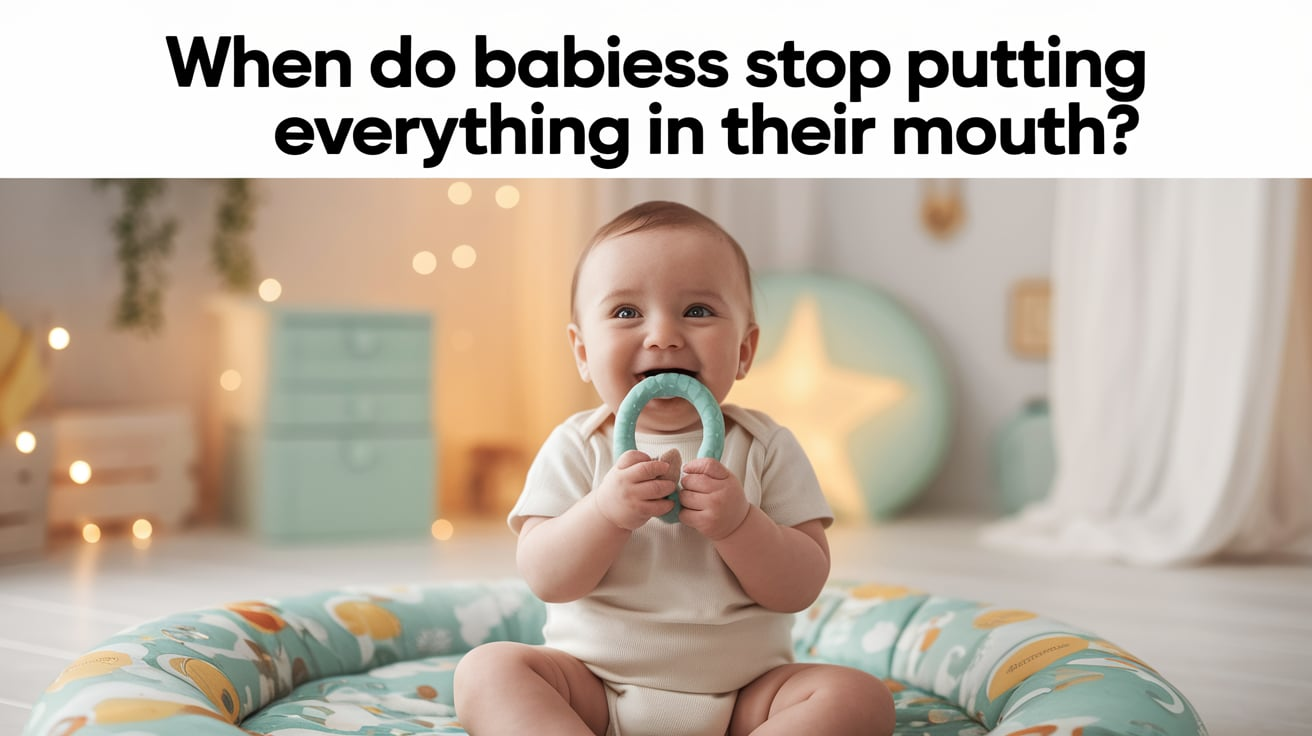
Babies scour their world through their mouths—a developmental phase that both intrigues and concerns parents.
This natural behavior, called the oral inquiry phase, typically begins around 3-4 months when infants gain better control of their hands and can bring objects to their mouths.
During this stage, babies use their mouths as powerful sensory tools to learn about the texture, shape, and taste of objects in their environment.
Babies are born with approximately 10,000 taste buds—far more than adults maintain into adulthood, making their oral sensitivity greatly heightened during this testing phase.
While this behavior is completely normal, many parents wonder when they can expect this mouthing behavior to diminish.
Most children gradually reduce oral investigation between 18-24 months as their cognitive development advances and they find alternative ways to investigate their surroundings.
When Does Mouthing Begin in Babies?
Mouthing typically begins around 4 to 6 months of age, as babies start studying the world through their mouths.
This behavior helps them learn about textures and shapes and improves their oral skills in preparation for eating solid foods.
Age of Onset
Mouthing behavior typically begins in babies around 3-4 months of age as part of their natural developmental progression.
This coincides with improved hand-eye coordination and their growing ability to grasp objects.
At this stage, babies are developing their sensory processing abilities and discovering that their mouths are excellent tools for inquiry.
The mouth contains numerous nerve endings, making it one of the most sensitive parts of the body and perfect for gathering information about the world.
By 5-6 months, most babies become quite proficient at deliberately and consistently bringing objects to their mouths.
Milestones to Look For
Parents may notice early signs of mouthing behaviors even before the 3-month mark, such as babies bringing their hands to their mouth or showing increased interest in putting pacifiers or teethers in their mouth.
These early behaviors indicate that sensory development is progressing normally.
Another significant milestone is when babies begin to show a preference for certain textures or objects to mouth. This selective behavior demonstrates cognitive development and the formation of preferences.
As babies approach 6-7 months, their mouthing becomes more purposeful and testing rather than reflexive. Many babies use this behavior to soothe themselves during teething.
Why Do Babies Put Everything in Their Mouths?

Quest and Learning
Babies use their mouths as primary tools for analyzing and understanding the world around them.
The mouth contains more nerve endings than almost any other part of the body, making it an ideal sensory organ for gathering information about objects.
Through mouthing, infants learn about essential properties of objects, such as texture, temperature, taste, and shape.
This oral questioning helps babies develop cognitive maps of their environment.
It contributes significantly to their understanding of physical properties before they can verbalize or fully manipulate objects with their hands.
As babies grow, this mouthing behavior works in tandem with their developing visual and tactile senses to create a comprehensive understanding of their surroundings.
Teething and Discomfort
Mouthing intensifies during teething as babies seek relief from the discomfort of emerging teeth. The counter-pressure from chewing on objects helps alleviate the pain and irritation in their sensitive gums.
Babies instinctively know that applying pressure to their gums can temporarily relieve teething pain.
This natural response explains why teething babies often have strong preferences for certain textures and firmness levels in their teething toys.
Parents may notice increased drooling, irritability, and more determined mouthing behaviors during active teething periods, which typically begin around 6 months of age but can vary considerably among different children.
Self-Soothing
Babies discover that mouthing and sucking activities have a calming effect on their nervous system.
This discovery leads many infants to use mouthing as a self-regulation strategy when they’re tired, overwhelmed, or seeking comfort.
The rhythmic action of sucking triggers the release of calming hormones and helps babies transition between different states of arousal.
This connection between oral stimulation and emotional regulation explains why pacifiers and thumb-sucking are so effective at helping babies calm themselves.
The self-soothing aspect of mouthing represents an important milestone in emotional development as babies begin to develop strategies for managing their feelings and responses.
Immune System Development
When babies mouth objects, they expose themselves to small amounts of germs and microbes in their environment.
While this exposure concerns many parents, it plays a crucial role in immune system development.
Controlled exposure to environmental microbes helps train the baby’s developing immune system to recognize and respond appropriately to various substances.
This “hygiene hypothesis” suggests that some exposure to common environmental germs helps prevent the development of allergies and autoimmune conditions later in life.
However, this natural process should be balanced with appropriate hygiene practices to protect babies from harmful pathogens while still allowing their immune systems to develop properly through everyday environmental exposures.
How Long Do Babies Continue Mouthing?
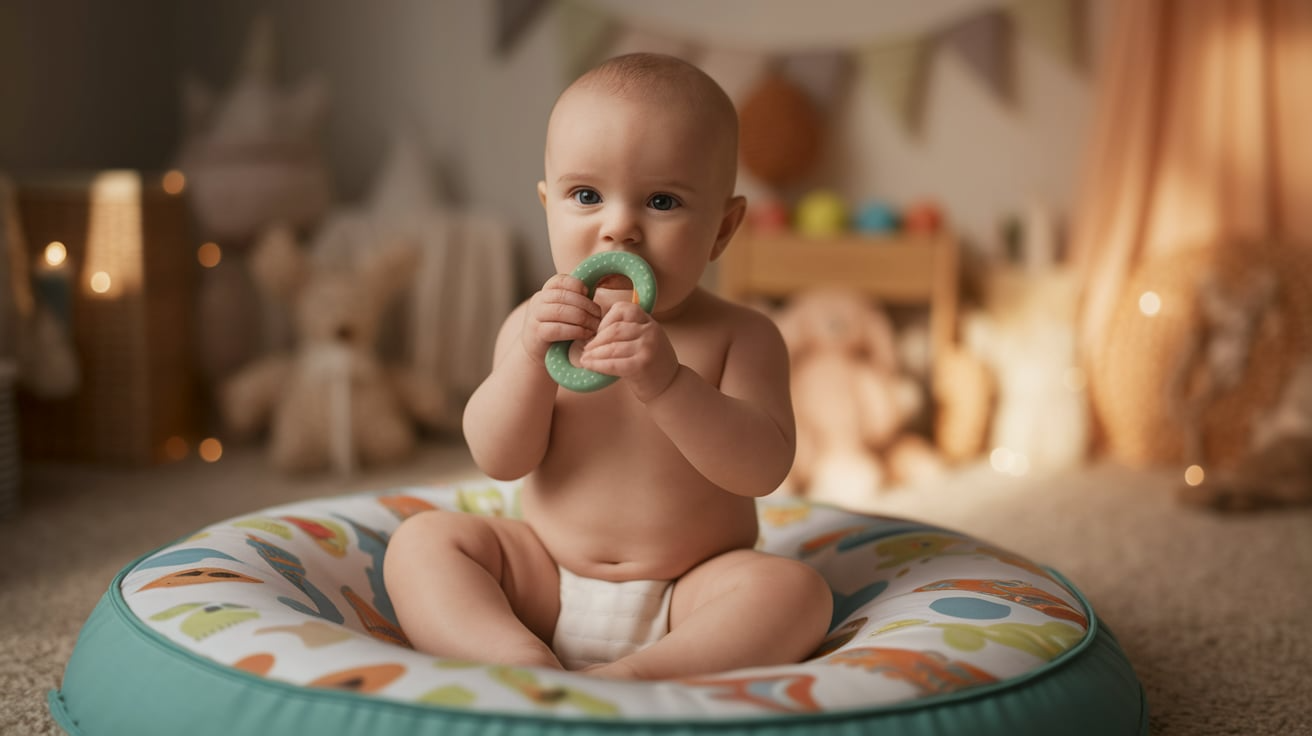
Typical Duration
Mouthing behavior typically reaches its peak intensity between 6 and 12 months of age when babies are actively studying their environment and experiencing teething.
Around 18 months, most children begin to show a natural decline in mouthing as they develop more sophisticated methods of searching using their hands and improve their fine motor skills.
This decrease in oral questioning coincides with significant language development and the increasing ability to manipulate objects in more complex ways.
By age 2, many children have largely outgrown the need to mouth objects as their primary means of investigation, though occasional mouthing of toys or objects during play may still occur.
This transition reflects their cognitive development as they move from primarily sensory-based learning to a more abstract understanding of their environment.
Individual Variations
While 18 months marks the average age when mouthing begins to decrease, considerable variation exists among children based on their developmental pace and individual preferences.
Some children may continue frequent mouthing behaviors well into their third year, particularly during periods of stress or fatigue or when teething molars.
Children with sensory processing differences may engage in mouthing for longer periods as they might find particular comfort or sensory input from this activity.
Environmental factors and parenting approaches can also influence how long mouthing behaviors persist, with some children having more opportunities for oral probing than others.
The gradual transition away from mouthing should be viewed as a developmental continuum rather than a strict timeline.
With each child following their unique developmental trajectory while still moving toward more mature investigation methods.
Safety Tips for Babies Who Mouth Everything

Reducing Choking Hazards
A practical rule of thumb is to consider any object that can fit through a toilet paper tube as a potential choking hazard for babies under 3 years.
This includes common household items like coins, buttons, small toy parts, batteries, and food items such as grapes, nuts, and hard candies.
Consider getting on your hands and knees to view your home from your baby’s perspective—you’ll often spot hazards that aren’t visible from an adult height.
• Use a small parts tester (choke tube) to identify potential choking hazards
• Keep older children’s toys with small parts separated and out of reach
• Check under furniture regularly for hidden small objects
• Cut food into pieces smaller than 1/2 inch for babies learning to eat solids
• Avoid high-risk foods like whole grapes, hot dogs, hard candy, and nuts
• Inspect toys regularly for broken parts that could detach
Poison-Proofing Your Home
Store all cleaning products, medications, cosmetics, and other potentially harmful substances in high cabinets with childproof locks.
Remember that child-resistant packaging is not childproof—persistent toddlers can sometimes open these containers given enough time.
Maintain vigilance, particularly during disruptions to normal routines, such as when visiting others’ homes or during holidays when medications and gifts might be more accessible.
• Install childproof locks on cabinets containing hazardous substances
• Store medications in original containers with child-resistant caps
• Keep houseplants out of reach and verify they are non-toxic varieties
• Avoid transferring chemicals to food containers that might confuse children
• Be cautious with essential oils, which can be toxic if ingested by babies
• Secure laundry and dishwasher pods in locked cabinets
Creating a Safe Environment
Regularly clean and sanitize toys and surfaces in these safe zones, especially during illness outbreaks or when sharing toys with other children.
Rotate toys to maintain interest and provide varied sensory experiences. When outside these safe zones, maintain closer supervision and be particularly vigilant in unfamiliar environments like friends’ homes or public spaces where babyproofing measures may be absent.
• Create a playpen or gated area with completely safe mouthing toys
• Provide a variety of teething toys with different textures and temperatures
• Wash mouthing toys daily with hot, soapy water or in the dishwasher
• Outlet covers and furniture corner guards were installed to prevent injuries during inquiry
• Use baby gates to block access to areas with more hazards
• Consider using specialized products like table edge cushions and cabinet locks
• Establish a routine for checking and maintaining your babyproofing measures.
Conclusion
The trip from mouthing everything to a more mature investigation is a gradual process that varies for each child.
Most babies naturally outgrow excessive mouthing around age 2, though some may continue longer, especially during teething or when tired.
Until then, providing safe teething toys and creating childproofed areas allow babies to satisfy this natural urge while staying secure.
Remember that this phase, though sometimes frustrating, represents your child’s healthy curiosity and developing brain making sense of the world around them.
As your baby grows, you’ll notice them increasingly using their hands, eyes, and emerging language skills to study.
This transition happens naturally as their cognitive abilities advance, allowing them to gather information in more refined ways.
Celebrate this developmental milestone while maintaining vigilance about choking hazards and unsafe objects until the mouthing phase fully passes.

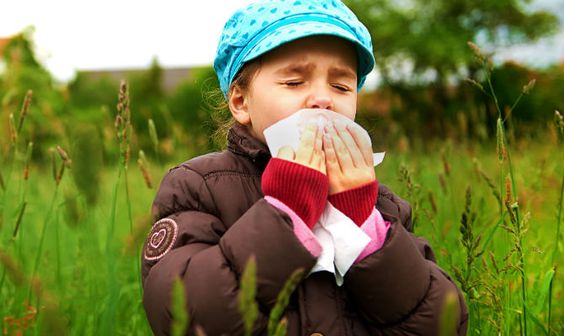
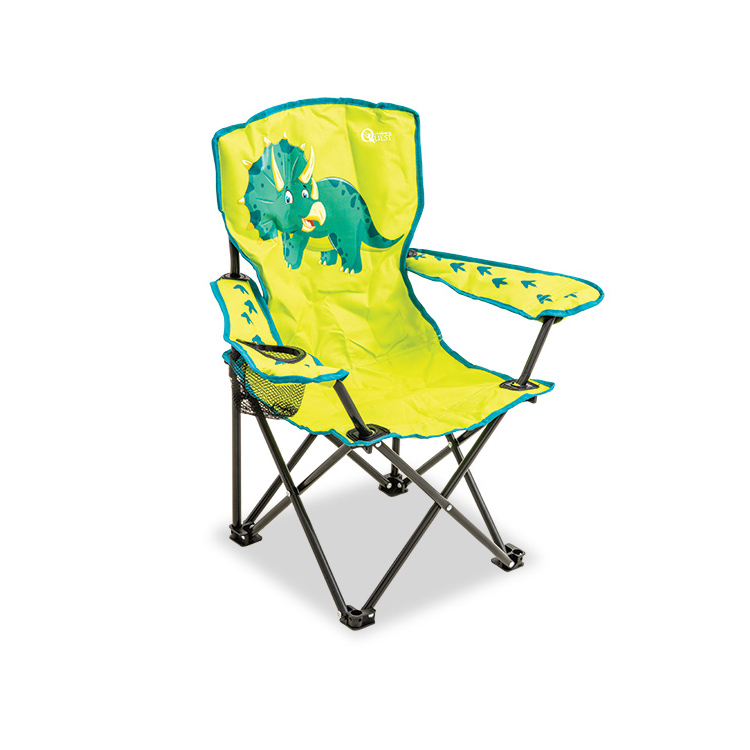


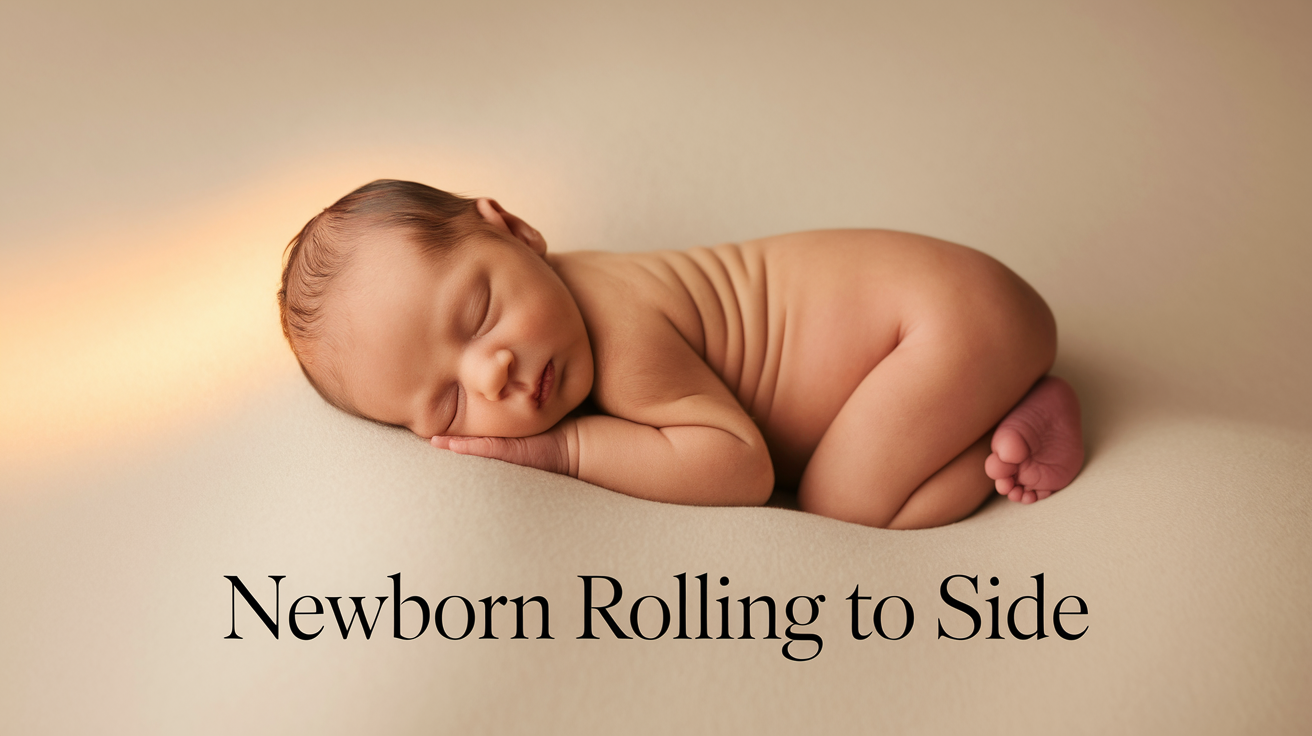





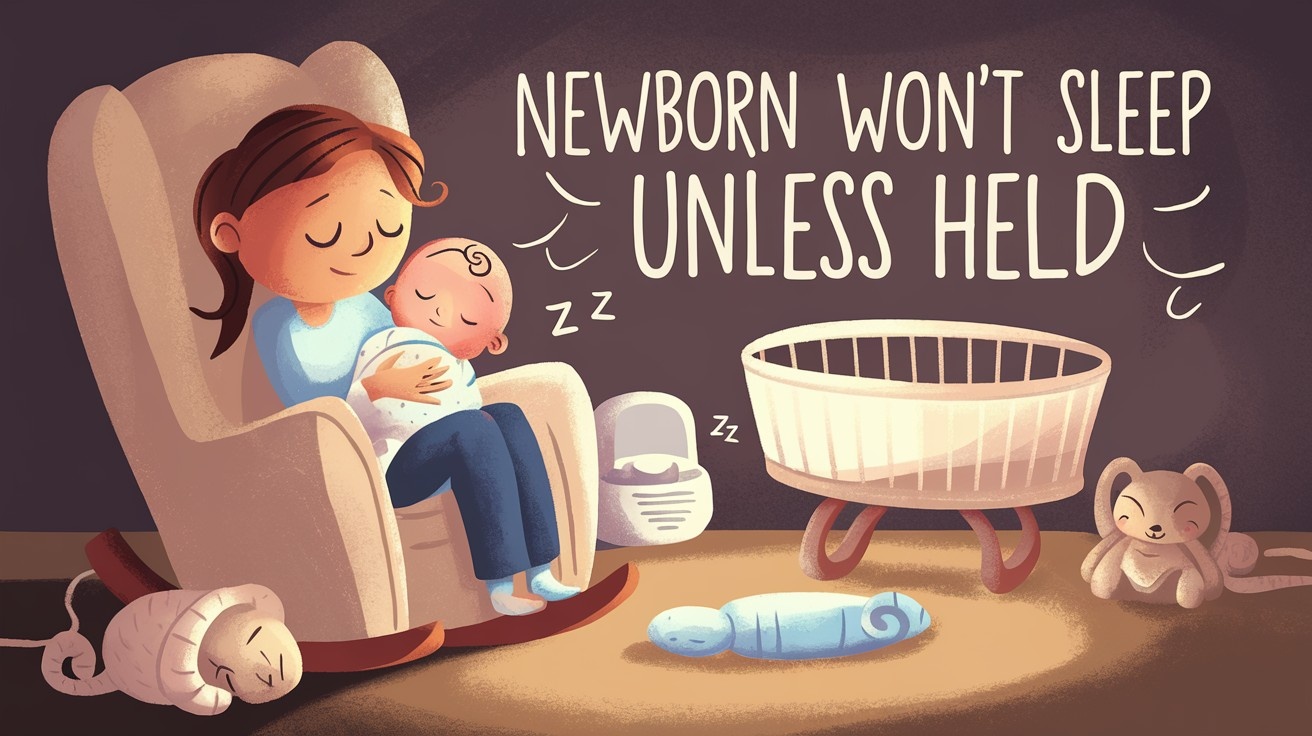

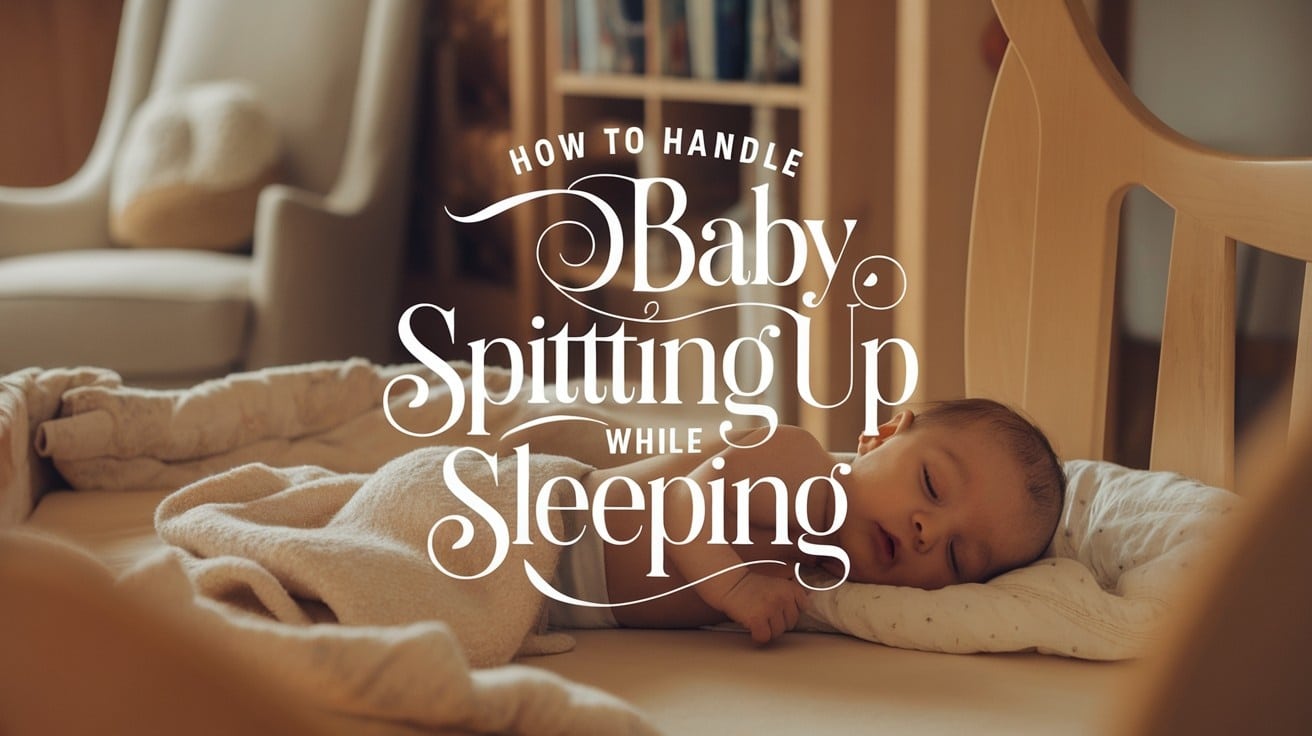


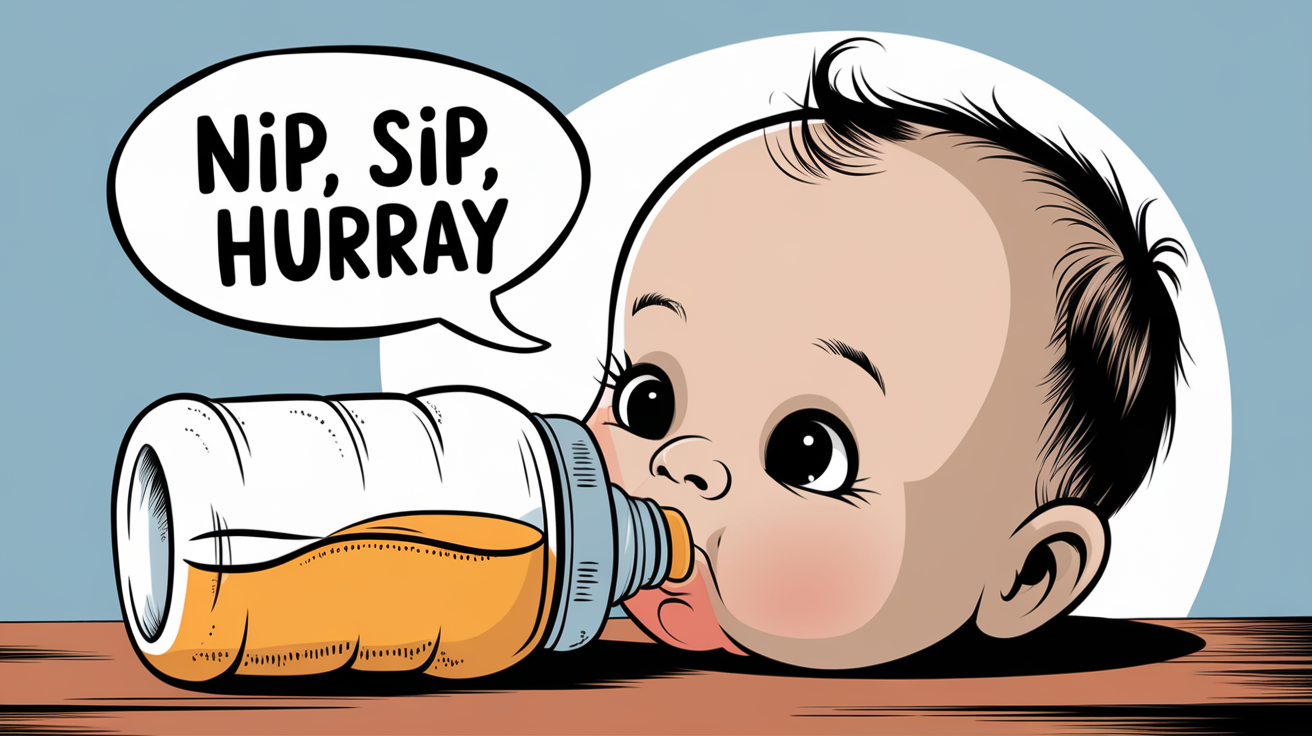



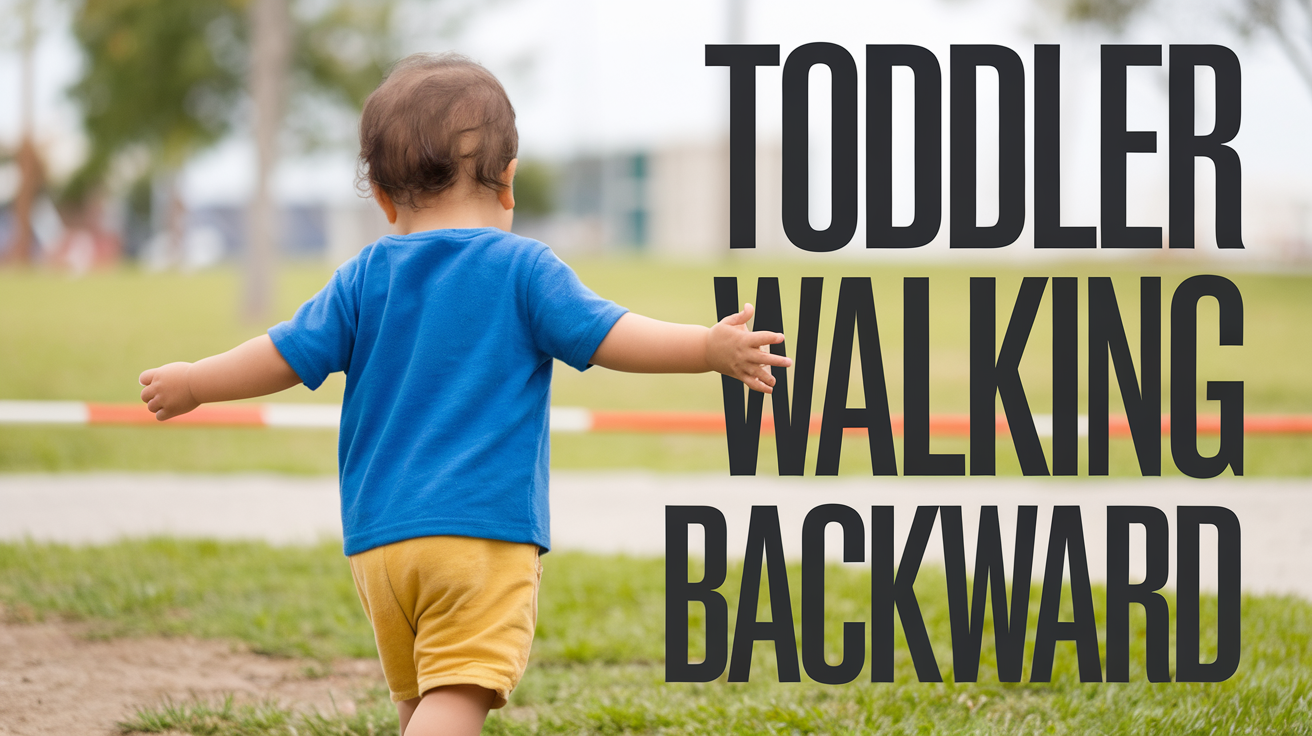














![11 Fantastic Kids Kayaks for 2023 (Amazon)[P]](https://cdn.mothersalwaysright.com/wp-content/uploads/2023/11/44407222_l-scaled-1.jpg)






